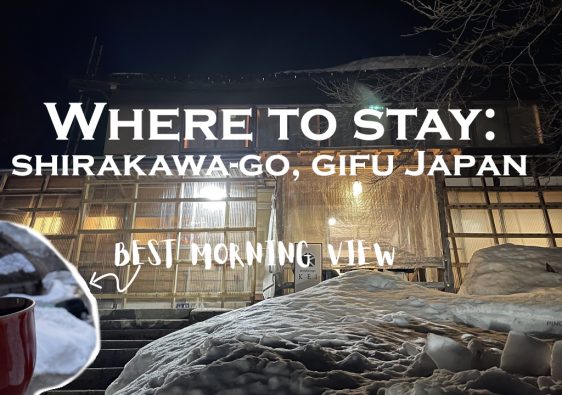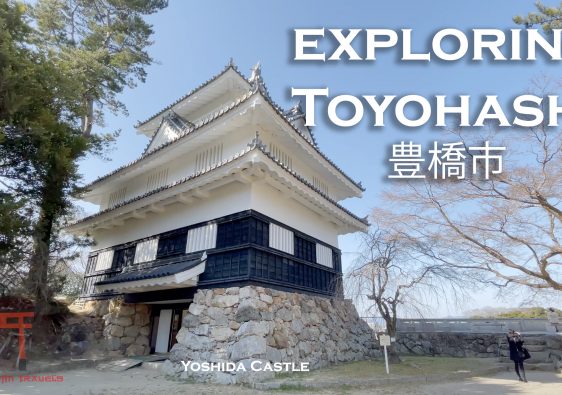Undoubtedly Mt Fuji is the famous symbol of Japan. The snow capped mountain is picturesque and stunningly beautiful whichever angle you see it or time of the year you view it. Aside from its magnificent view, it is highest mountain in Japan, and most people put this as the top of their bucket list of must do. If you are thrilled to climb Fuji-san, but you are a first timer, don’t fret. I created this guide to help novice climbers to be more prepare, what to anticipate upon climbing Mt Fuji. If you are on board to take this challenge. Head on the first question below.
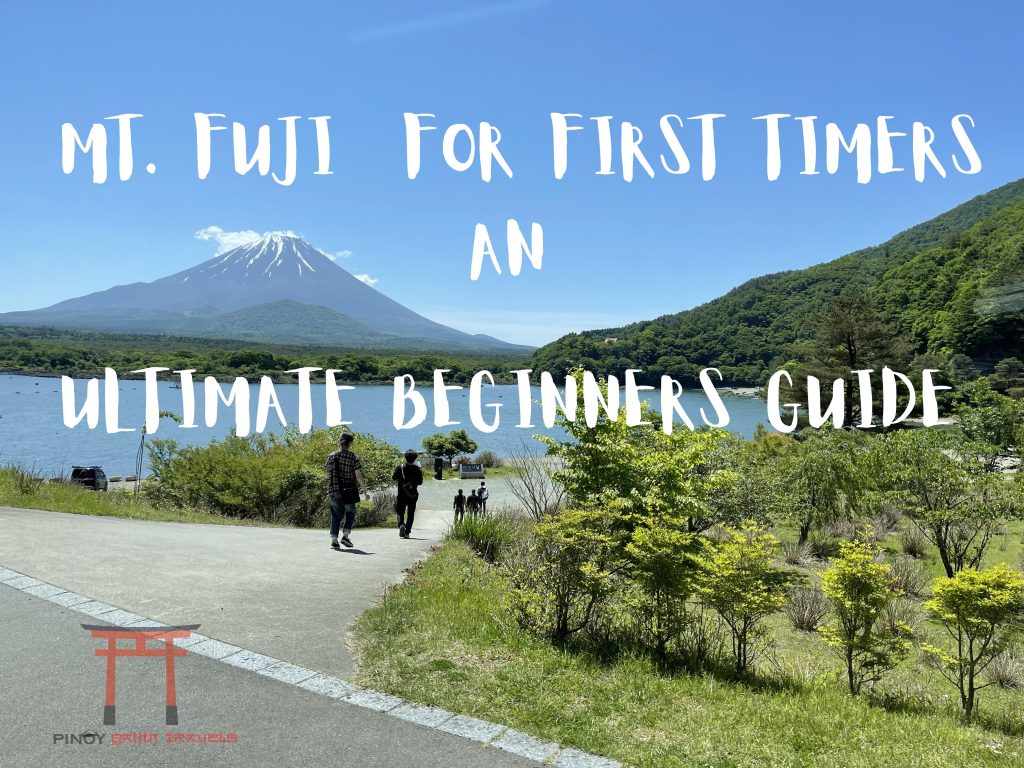
Why do you want to climb the highest mountain of Japan?
- Bucket list
- 100 famous mountain in Japan
- Celebrate Mountain day
- Birthday hike
- Team building
- Things before “insert age here”
- Bragging rights
It could be the silliest but for whatever your reason is. Make use of that to drive your eagerness to climb Mt Fuji. Trust me, when you got exhausted along the way, it will remind you why you want to summit Mt Fuji.
Planning
“A goal without a plan is just a wish”
Climbing Mt Fuji isn’t kind of mountain that you want to climb on a day, because you just feel it. It requires time to prepare before you head on. It’s also imperative to know as much as you can especially if you are newbie in climbing. Whether you are an experience or new,
When is the best time to climb Mt Fuji?
Summer starts from July to Early September in Japan. So it is better to plan your climb around this period when the weather is stable. Since it is generally open during the summer months, you can expect hordes of enthusiastic climbers and first timers going for Fuji-san.
Best time : Weekdays on August (except for Obon Week)
Avoid: Weekends and Obon Holiday Week ( typically 2nd week of the month of August)
Choosing the beginners trail
Which one is better Yoshida or Fujinomiya?
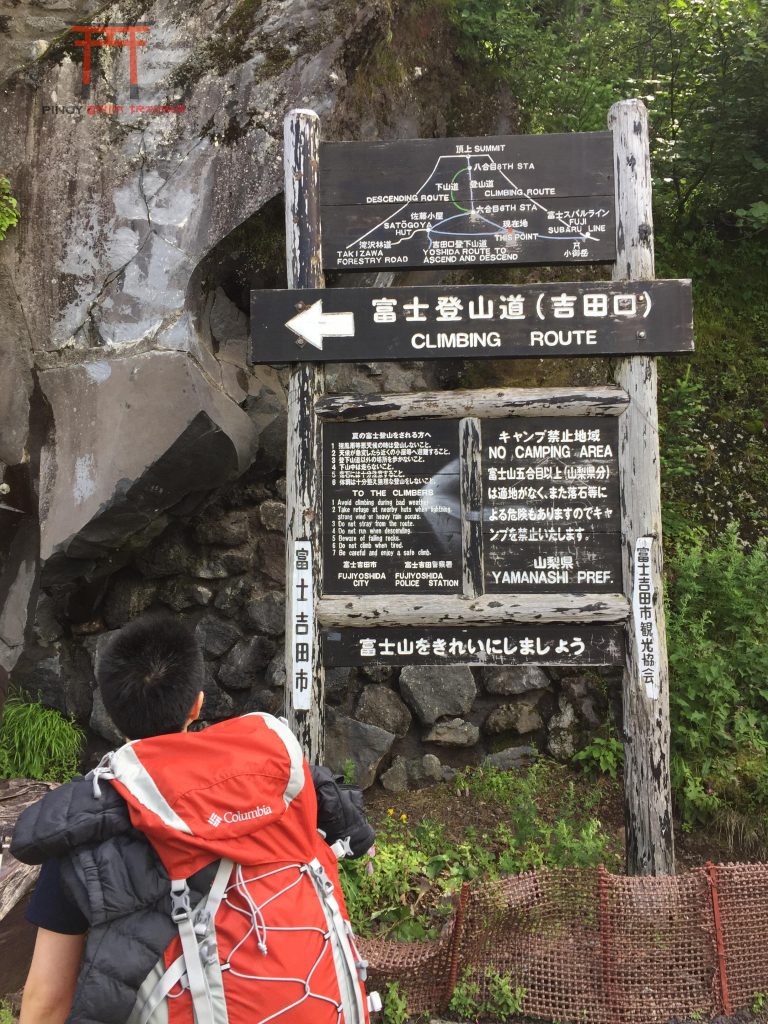
Yoshida Trail is the most used trail among the Mt Fuji climbers (50% hikers go here). It is quite accessible either bus or car, and with complete facilities such as mountain huts. I took this trail since this is recommended by many and this is most sensible route as a beginner.
Fujinomiya Trail – It is another trail that used by novice Fuji climbers but it starts at the highest altitude that could also means shortest way to the summit. The ascend and descend used same route, so this could be crowded.
Booking a mountain hut
There are plenty of Mountain Huts in Yoshida Trail from 5th to 8th station. So you have to plan where do you want to stay.
Here is the list of mountain huts in Yoshida trail.
I had stayed in Satomedaira Seikanso, at 6th Station.
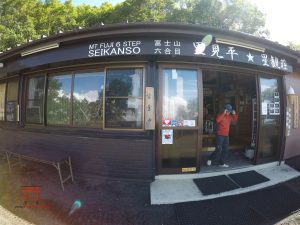
Website: http://www.seikanso.jp/english.html
Contact Number: 0555-24-6524
The accommodation are bunk beds, see photos below.
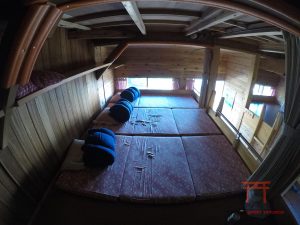
Accommodation comes with two meals. If you happen to arrive late afternoon, it could be your early dinner and bento that you can bring during climb.
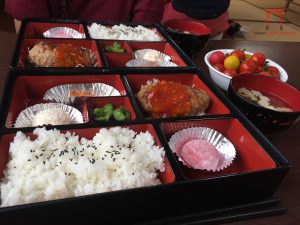
Keep in mind to book the mountain hut at least a month or earlier to secure a space. I remember I call them early July to book an accommodation for 3rd week August.
Physical and Mental Training
Hiking a mountain as high as Mt Fuji requires a decent amount of training both physical and mental. Why? As first timer, you will climb for more than 5 hours on steep hill with boulders, zigzag paths with unpredictable weather. You need to be physically active prior to the climb by doing some physical activities like exercise, running or doing a small hike. This will help to prepare your body for long walks and breathing.
Why Mental training? because climbing the highest mountain in Japan is arduous feat and you need that mental fortitude to achieve that. It is a good start with awareness of own’s capacity, overcoming fears ( altitude or falling) and previous achievements in climbing. This will help you to be more focused and in control when your physical body is on the verge of giving up.

In order for me achieve this physical and mental at once. I hike, Mt. Tsukuba in Ibaraki and choose the rigorous trail so I can simulate the onerous climb of Mt. Fuji. Summiting a peak before Fuji will give you a sense of achievement and good preparation for the big one.
Understanding Altitude Sickness
If you haven’t climb a mountain above 2500 meters then you probably haven’t experience Altitude sickness. It is caused by rapidly ascending the mountain which doesn’t allow the body enough time to adjust to reduce oxygen and changes in air pressure. Again being a first timer, you need be aware of this since it can cause a serious health risk if you are unfamiliar.
When I was hundred meters away from the peak, I develop an altitude sickness. I’m aware what was happening since I know the symptoms. Such as
- Headache
- sluggish
- Lack of willingness
- Dizziness
- Nausea
- Vomiting
When you feel the symptoms above, you must stop and relax. If the altitude sickness is mild, you can get by just taking a time to recover. But when you feel, there is not enough of oxygen, then those Oxygen canisters will come in handy. This is quite small and can bring it to your bag. You can also bought it along trail if you passed by to those shops, but they are bit expensive.

Preparing the clothing and equipments
When you are going for a battle, you need to bring a proper ammunition. Same goes when you are climbing a highest mountain. I will break it down for you.
Must Have in your lists.
- Hiking Backpack
- Trekking Poles
- Hiking Hat
- Proper hiking boots
- Cushion socks
- Headlamp
- Water Bottle
- Light clothes
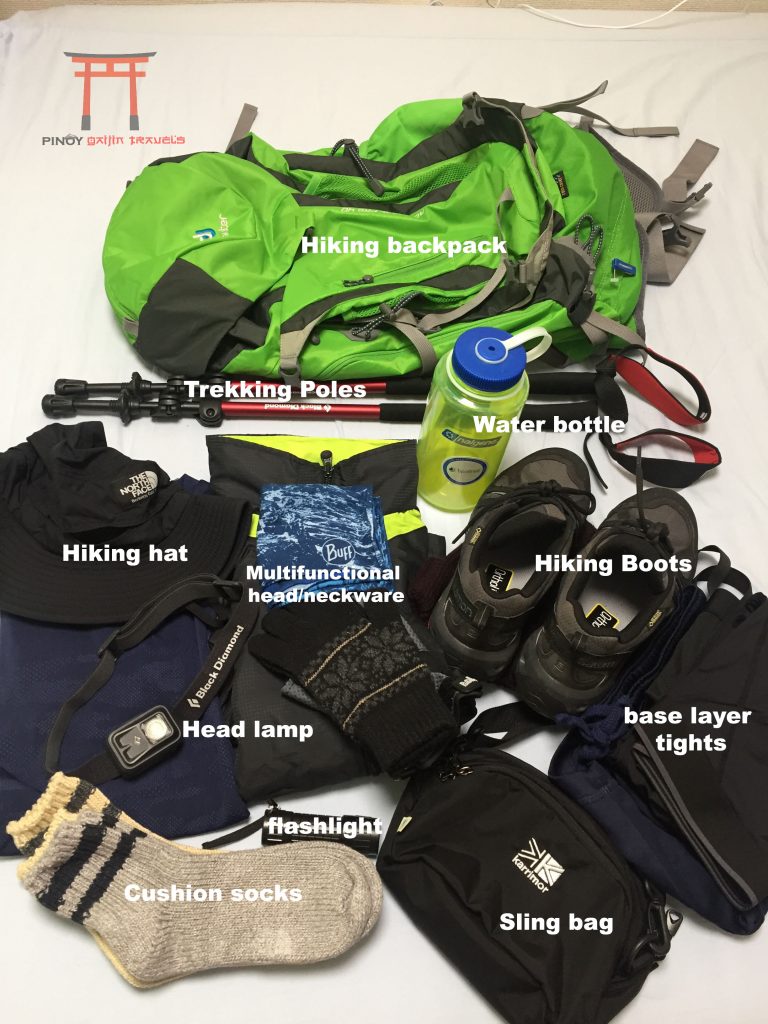
Hiking Clothes – Lightweight clothes, Airism Uniqlo clothes are best ones.
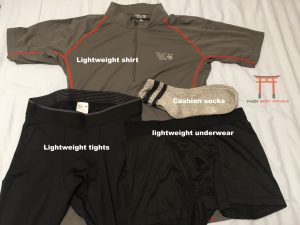
Cold Wears – When you reach at the top, the weather could drop to Zero degrees even in the summer season. You must bring a down jacket , gloves and bonnet.
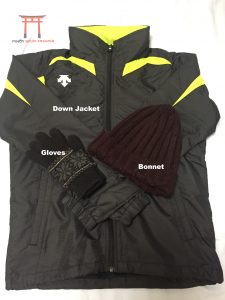
Rain Wears – A pair of rain wear (jacket and pants) and gaiters for your hiking boots. I had to wear them for the first two hours on my climb since it rained non stop.
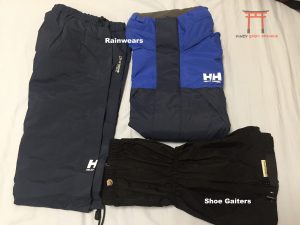
Essentials to bring
Hiking Mt Fuji will drain your energy and its a must to bring Energy source foods such as power/ energy gels, chocolate power bars, regular chocolate, Almond and mixed nuts.
Also important to bring : Bandaids, Oxygen Canister, Headache Medicines ( Bufferin), Pocari and Water.
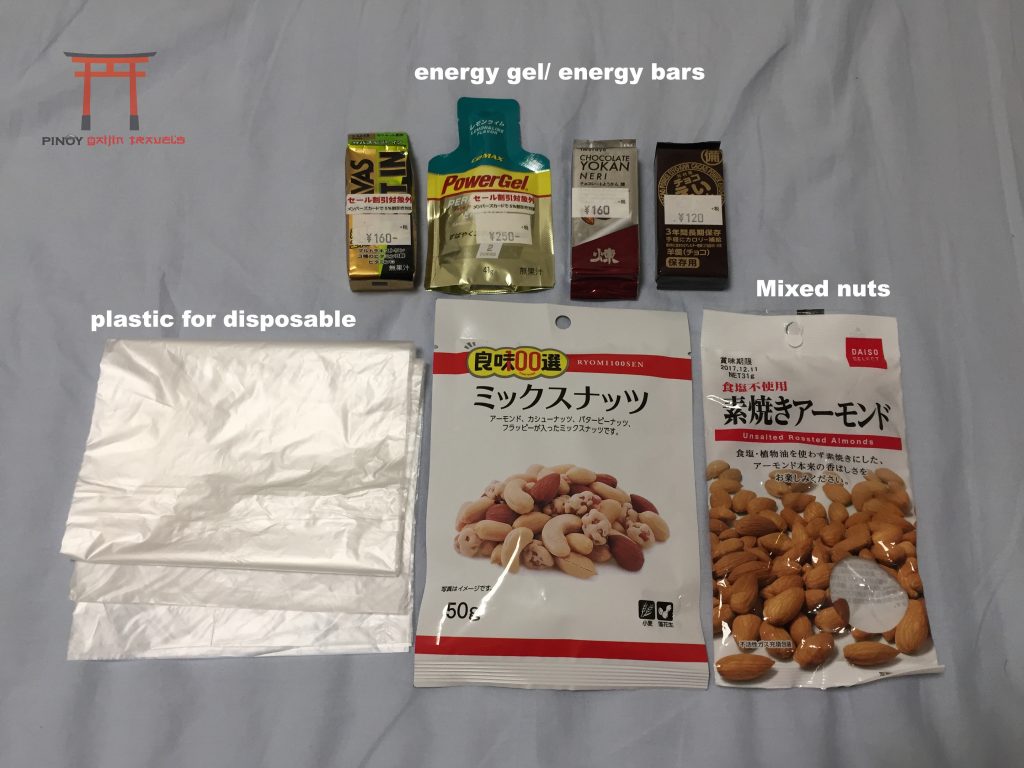
Planned Itinerary
[Day 1]
Depart from Shinjuku Station by bus -09:00 AM
Arrive at Fuji 5th station -12:00 PM
Start Climb from 5th to 6th station – Around 12: 30PM
Arrive at Mountain Hut ( Seikanso) -14:00
Rest (until 11:00PM)
[Day 2]
Depart from Mountain hut (around 11:00PM)
Arrive at summit in approx. 4-5 hours to watch the sunrise (5:00AM)
Start to descent. Arrive at Fuji 5th Station (12:00 PM)
Leave Fuji 5th station by bus 12:30 PM
Arrive at Shinjuku Bus terminal (4:30PM)
The Climb
The terrain is flat, zigzag to steep, and rocky hike. I love the part when you are going to leap from one boulder to another. You need to have a solid knee and trained legs to do that.
Having a trekking poles is a must. This would conserve your energy and helps you to balance when moving on a steeper hike.
If you use the Yoshida trail, expect for a foot traffic. You can see an ant line the moment you look back from your trail. It looks amazing.
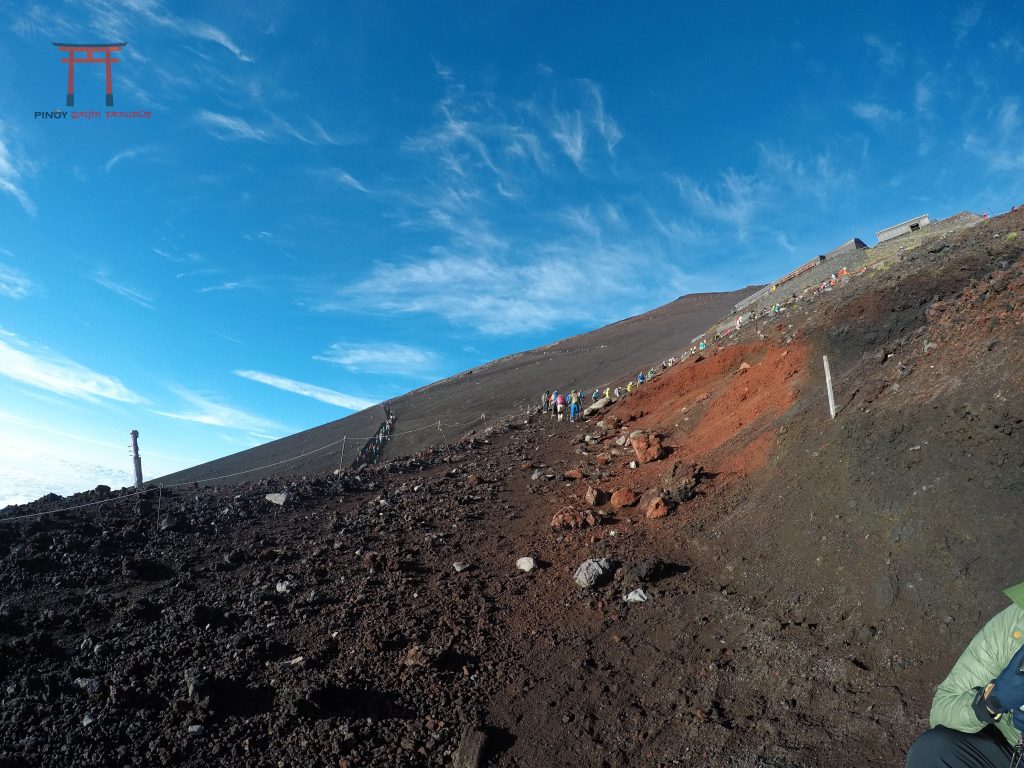
Mt Fuji Ascent
When you reached the 3000 meters mark, expect your pace getting slower. As oxygen is getting thinner as you reach the summit, people will take time to catch their breath and some are unlucky enough to catch altitude sickness, like me. Just take a break more often and just let those Pro passed you by. You will feel great at the summit if you are well rested.
Sunrise and on top of Mt Fuji
One of the best thing to experience at Mt Fuji is sunrise. It is called Goraiko, a term expresses a sense of gratitude for the spectacle. I love how Japanese has this term to appreciate things.
I can’t stress enough that sunrise at Mt Fuji is bewildering. It felt magical and embrace that sense of gratitude. One of the best moments in mu life.
You will considered lucky enough if you experience it on your climb. Not everyone will experience it.
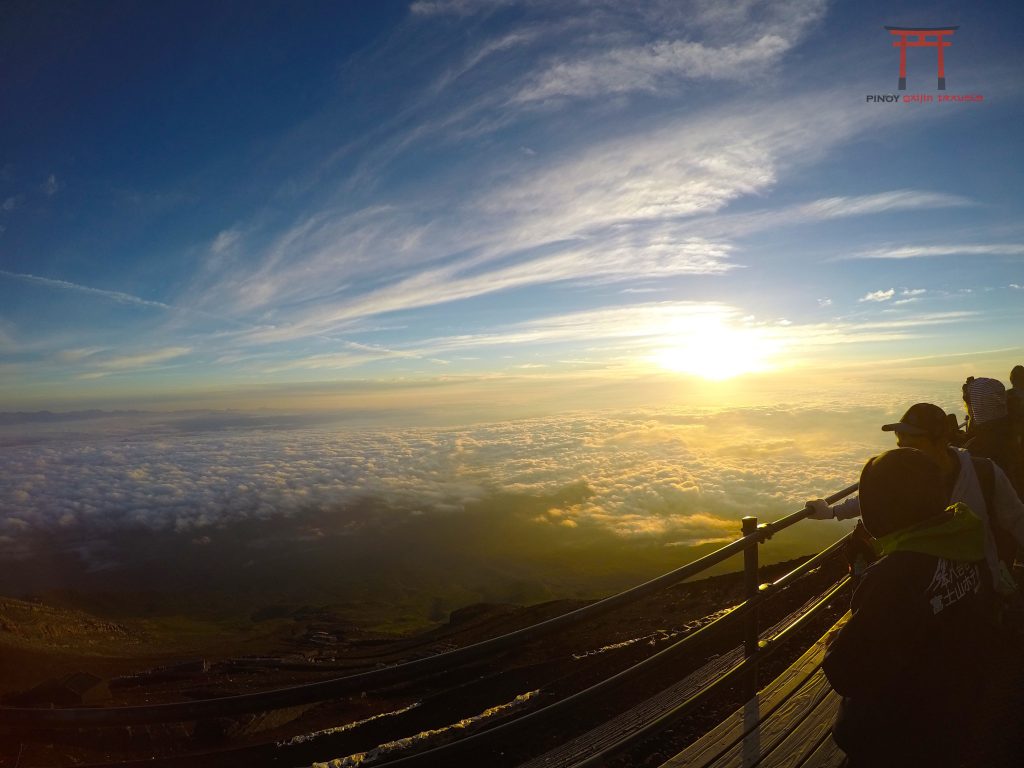
Descending Mt. Fuji
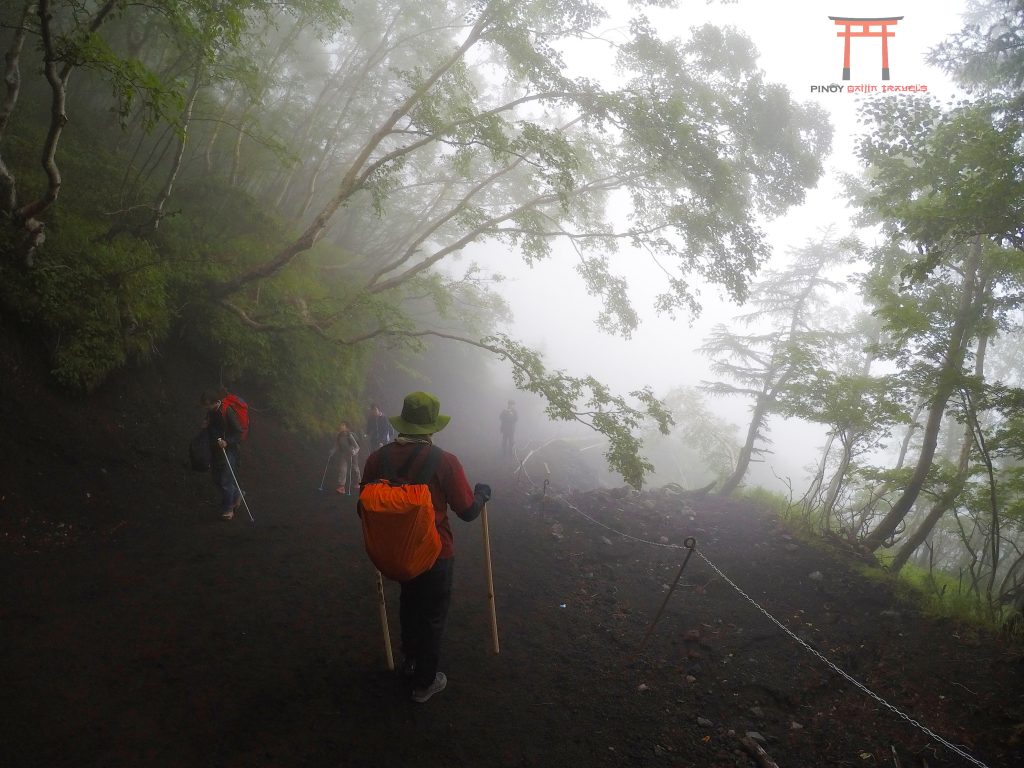
Going down may seem so easy but I would say still challenging. You had probably exhausted your energy during the ascend and had little to spend for going down. You will be dependent to your trekking poles, toes and hiking boots. We did reverse run on going down and and minimal rest. I love the foggy forest at the downslope, it kinda mimic of Silent Hill vibe. It’s kinda eerie and dreamy.
I had reached 5th station within 3 hours.
Post Climb
Congratulations! you just scaled the highest mountain of Japan. You should pat your back when you made it at 5th station in one piece. Not everyone in Japan have done it. Please have a time wind down, eat a hearty meal or gulp a ice cold nama beer. If have a time, go for onsen, it would help your body to recover faster.
Video
I hope this guide help you to plan climb and succeed Mt. Fuji. Please feel to drop a comment if I missed something or any thoughts.

